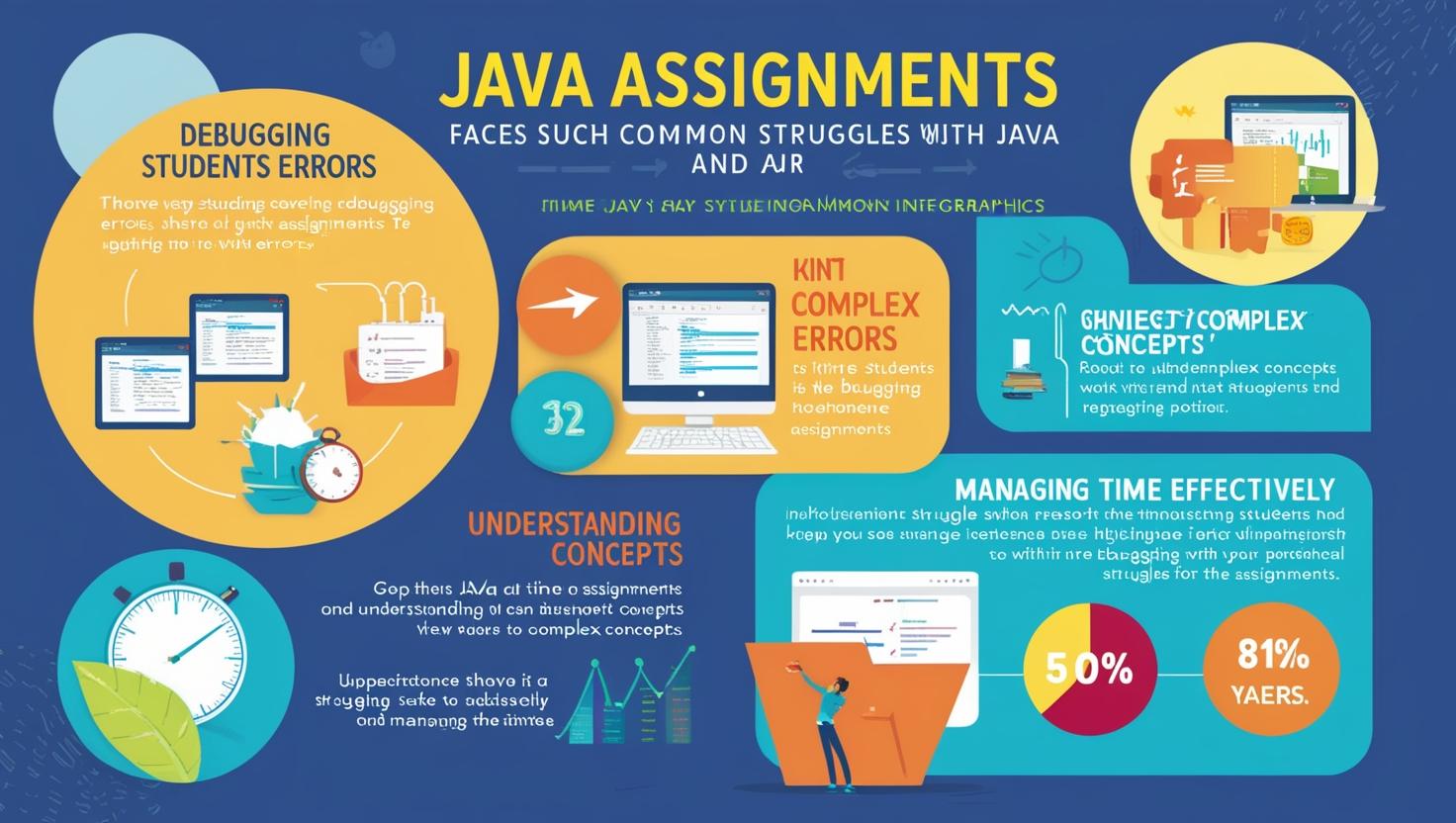So, you wanna wrap your head around Object-Oriented Programming (OOP) using Java? Cool. You’re not alone. Whether you’re just starting out in computer science or you’ve been poking at Java code for a bit but still feel like you’re missing something—this guide is for you.
We’re not gonna throw a bunch of textbook definitions at you and call it a day. Nah. Let’s talk OOP in a way that actually makes sense, kinda like you’re chatting with a classmate who’s just slightly ahead of you. We’re gonna take a journey through the basics, toss in some real-talk examples, go off on a few tangents, and make it feel less like a lecture and more like, “Hey, now this actually clicks.”
First Off, What Even Is OOP?
Alright, so OOP is short for Object-Oriented Programming, which is just a fancy way of saying: you write your code in little pieces called objects. Think of objects like actors in a movie. Each actor (object) has its own script (methods) and info (attributes). They interact, do stuff, and—voila—you got a full-blown program.
Java is super into OOP. It’s built around it. Like, if OOP were a high school, Java would be the overly enthusiastic student body president.
The Four Pillars of OOP – In Plain English
You’ll hear a lot about these four big ideas: Encapsulation, Inheritance, Polymorphism, and Abstraction. Let’s break ‘em down without sounding like a textbook.
1. Encapsulation
This just means keeping your data safe from the rest of the world. You hide stuff inside your class using private variables and let the outside world access it through public methods. It’s like locking your snacks in a cupboard and only letting people grab them if they ask nicely.
2. Inheritance
This one’s all about reusing code. You make a “parent” class and then make “child” classes that inherit the stuff from the parent. So if you have a Vehicle class, you could have a Car or Bike class that borrows from it. Handy, right?
3. Polymorphism
Okay, this one sounds fancy but it just means one method can do different things depending on the context. Like when you hit the “play” button—it works for music, videos, games—whatever. Same method name, different behavior.
4. Abstraction
You don’t always need to see the messy code behind the curtain. Abstraction lets you use stuff without knowing how it works under the hood. Like using your phone without needing to understand microchips.
Why Java and OOP Go Hand in Hand
Java didn’t invent OOP, but boy, does it love it. Everything in Java is a class. Like, everything. Even if you’re just printing text, it’s happening inside a class. That might feel a little weird at first (especially if you’ve tried something more chill like Python), but it forces you to learn how to organize your code properly.
And trust me, once you “get” OOP in Java, other programming languages start to feel like less of a maze.
Let’s Talk Syntax, But Not Too Boring
Here’s a tiny example of Java OOP in action:
public class Dog { private String name; public Dog(String name) { this.name = name; } public void bark() { System.out.println(name + " says woof!"); } }Then you can use it like:
Dog myDog = new Dog("Rex"); myDog.bark();Not too wild, right? You’re creating a dog object with a name, and it can bark. That’s OOP—real chill when you break it down.
Mistakes? Oh Yeah, You’ll Make ‘Em
Don’t sweat it if you mess up stuff like forgetting to use public, or accidentally making everything static, or misusing constructors. That stuff happens to everyone. Seriously. Even folks with years of experience still Google “Java constructor nullpointerexception” at 2 AM.
And here’s a hot take: making mistakes actually helps the OOP concepts stick better. Because when stuff breaks, and you fix it, you’re like, “Ohhhh, that’s what inheritance means!”
But Wait—There’s More Than Just Concepts
Just knowing the theory ain’t enough. You gotta get into the weeds and write code. Like, real code. That’s where the learning lives.
And look, let’s keep it real. School assignments don’t always make it easy. Sometimes you’re staring at your laptop at midnight wondering why your class hierarchy isn’t working, your IDE is spitting red errors, and your brain’s just like “nope.”
That’s where Java Homework Help comes in handy. Whether you find a buddy in class who gets it or hit up a tutor online, Java Homework Help is a solid way to not totally lose it when the concepts don’t click. A little outside help can fill in the blanks between what the textbook says and what your brain needs.
Real Talk: Why Bother With All This?
You might be thinking, “Do I really need to master OOP to be a good Java dev?” Short answer: yep.
OOP helps keep your code clean, reusable, and scalable. Imagine building a huge e-commerce website. You’ve got products, carts, users, payments, and like a hundred other things. OOP lets you build each part like its own little module, and then everything fits together like LEGO bricks.
Also, employers love devs who get OOP. It’s one of those skills that’s not just for passing your CS classes—it’s straight-up essential for getting paid.
Fun Little Tangent – OOP in the Wild
Ever notice how games work? Characters, weapons, enemies—those are all objects. In a racing game, you probably have a Vehicle class, and then specific types like SportsCar, Truck, or Bike inherit from it. They each have their own speed, handling, maybe even damage system, but they all share common stuff like acceleration or braking methods. That’s OOP doing its thing in real life.
How to Actually Get Good at This
Alright, enough chit-chat. Here’s how you actually master OOP with Java:
- Build small projects: Start with stuff like a to-do list, a contact book, or a simple game like Tic Tac Toe.
- Refactor code: Take spaghetti code and turn it into objects and classes. The before-and-after is satisfying, trust me.
- Work on real-world problems: Try cloning simple apps like a calculator or library system. Add features over time.
- Use version control: Git is your friend. Save your work, roll back when needed, and track your progress.
- Pair program: Work with others. Explaining OOP concepts out loud makes ’em stick way better.
Wrapping It All Up
Mastering Object-Oriented Programming in Java isn’t about memorizing definitions or passing a quiz. It’s about understanding how to break down big problems into smaller, logical chunks using classes and objects. That’s it. Everything else builds on that idea.
If you stick with it, the stuff that feels hard now will become second nature. You’ll start to see everything—apps, systems, even your own ideas—as little objects interacting. Once that clicks? You’re golden.
And hey, if you ever get stuck, need a second pair of eyes, or just want to make sure your homework isn’t total trash—don’t be afraid to reach out for some Java Homework Help. Everyone needs a boost sometimes, and there’s no shame in asking for it.
Read More-The Ultimate Guide to Online Learning Resources for CS Students








